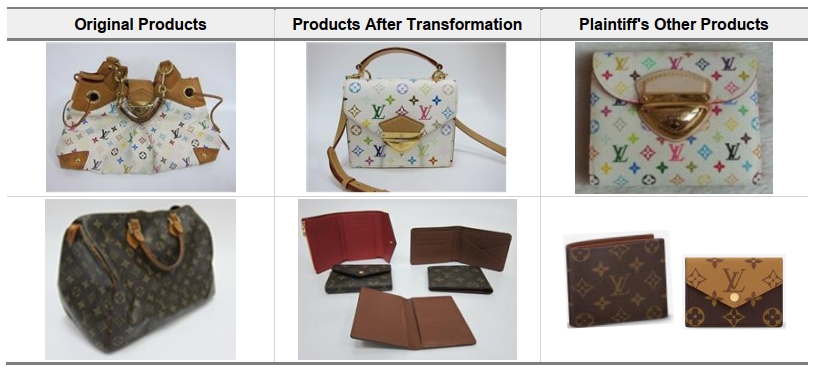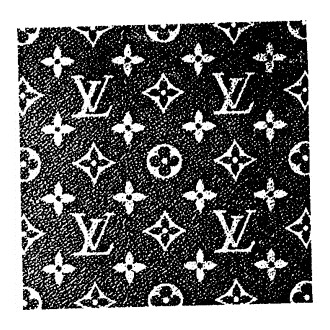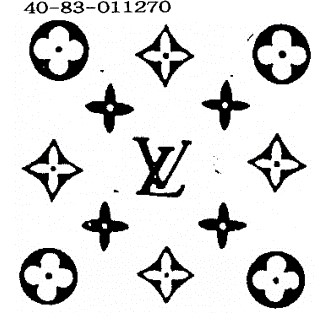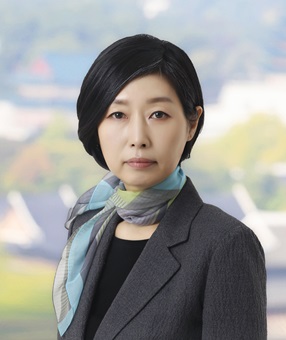The Korean IP High Court took its first look at the emerging trend of refurbishing, upcycling, and transforming used goods and reminded us that new trends do not mean that IP rights should be overlooked.
The past few years have seen the emergence of a global trend where used products are refurbished, upcycled, recycled, and/or transformed either to personalize a product to a consumer's liking or to give a second life to worn-out goods. This new practice started to raise concerns among owners of luxury and other famous brands, as it often involves tangible risks of consumer confusion and dilution for the concerned brands, which can seriously damage the reputation and goodwill accumulated in their IP rights.
In the subject case, the defendant offered refurbishing services to his customers, and notably, manufactured bags and wallets in various sizes, shapes, and designs using the materials from used Louis Vuitton products provided by his customers. The defendant disassembled the Louis Vuitton products provided and used the fabric and material parts to construct new bags and wallets which differed from the disassembled products, and in many instances imitated the designs of other Louis Vuitton products.

Louis Vuitton filed a lawsuit against the defendant, seeking injunctive relief and damage compensation.
After considering several factors, some of which we will review in detail below, the IP High Court concluded that the refurbished products infringed upon the plaintiff's registered trademarks " " and "
" and " " and upheld the district court's decision that had been decided in favor of Louis Vuitton, prohibiting the use of the plaintiff's marks and awarding damages of KRW 15 million. In its decision, the IP High Court ruled that, even if a product needs to be repaired, if the size, shape, or design of the original product is significantly modified in the repairing/refurbishing process, displaying and delivering such goods constitute an infringement of the plaintiff's trademark rights.
" and upheld the district court's decision that had been decided in favor of Louis Vuitton, prohibiting the use of the plaintiff's marks and awarding damages of KRW 15 million. In its decision, the IP High Court ruled that, even if a product needs to be repaired, if the size, shape, or design of the original product is significantly modified in the repairing/refurbishing process, displaying and delivering such goods constitute an infringement of the plaintiff's trademark rights.
One of the crucial factors in this case was that the trademarked outer fabric was still clearly visible on the refurbished goods as shown in the above images. In his defense, the defendant tried to argue that the trademarks on the fabric were just design features, but the court rejected the argument and held that the subject trademarks could function both as designs and source identifiers.
Such use of the plaintiff's trademarks by the defendant on the refurbished products was also taken into consideration by the court when it reviewed the defendant's intent to use the marks as source identifiers and the risk of confusion for average consumers. The court noted that the defendant was exploiting the fame of the plaintiff's marks by ensuring they were clearly visible on the refurbished products and by redesigning the goods to look like other goods of the plaintiff. The court deduced from such facts that the defendant's intent was to provide his customers with products that would be similar to the plaintiff's products in order to satisfy their desire for new products that were similar to the plaintiff's luxury goods at a lower price, ensuring that the defendant's business would be successful. Moreover, the court mentioned that the average consumer, who would later encounter the refurbished goods, would perceive the plaintiff's marks appearing on such goods as source identifiers.
The court further noted that the defendant's refurbishing services did not comply with the plaintiff's strict quality control standards, and thus, the quality assurance function of the plaintiff's trademarks had been damaged.
The defendant tried to argue that he should not be found guilty on sustainability grounds. The court denied this argument, saying that while upcycling should be encouraged, the fact that the goods were upcycled did not negate the trademark infringement. In that regard, the court mentioned that the defendant had failed to take steps to avoid confusion, even though it was not impossible for him to do so. The court did not elaborate on this point, which leaves some uncertainty as to the potential limits of this ruling and the type of indications that may allow third parties to offer upcycling services.
Another argument that the defendant raised was that the refurbishing services he provided were equivalent to consumers refurbishing their personal products by themselves because his customers would provide their personal product to the defendant, which would be returned to the customer after he had transformed it according to the customer's instructions. Since the act of refurbishing one's own product is not a commercial act and does not constitute trademark infringement, the defendant tried to argue that his providing aid to his customers was not infringing. This defense was also rejected by the court which considered that refurbishing a product and providing the result to a consumer constituted a commercial act, and that the defendant was liable for direct trademark infringement.
This decision by the Korean IP High Court is currently under appeal before the Supreme Court. If the ruling is confirmed, it will be a positive outcome for the owners of luxury and other famous brands, who could use it in enforcement efforts against parties who refurbish goods with the intention of exploiting such famous brands.
Related Topics






